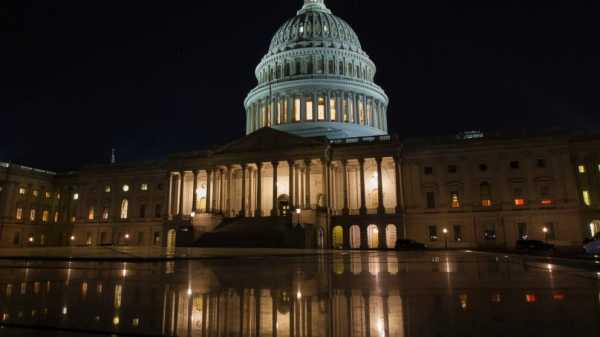The wording is not quite true, or at least creates as much confusion as it does clarity.

Loading Elevenlabs Text to Speech AudioNative Player…
When Vice President J.D. Vance stumbled upon an old video of Congresswoman Ilhan Omar apparently calling for racial discrimination against white men, he had no idea it would spark a heated online conversation about “woke rights.”
The phrase is often used to refer to resurgent racism and its impact on more mainstream conservatism, though some people seem to mean conservatives who are particularly sensitive to anti-white rhetoric from the left. The two groups can overlap, of course, but they are not the same thing.
Omar would argue that this racism and radicalism among a specific group of white men is something she would like the government to “profile, monitor and develop policies to combat,” rather than white men in general, though it would not be surprising to learn that she has such suspicions about most people to the right of Senator Susan Collins. Still, “woke right” is most often used by conservatives to refer to others who identify as conservative or position themselves as such.
It's a clever way to categorize online provocateurs, who range from the extremely abrasive to the genuinely intolerant, with many trying to keep it unclear where on that spectrum they actually fall. The terminology also touches on some real truths.
Racists on both the right and the left are often more alike than they care to admit. They are also mutually reinforcing. It is hard to imagine that right-wing racism would have more than a marginal appeal were it not for the extremes of wokeness, from the self-flagellation encouraged in academic and corporate circles to more sophisticated forms of critical race theory. Likewise, the entire cottage industry of corporate and university anti-racism, with its White Fragility struggle sessions and reading groups, derives legitimacy and support from any documented rise in genuine white nationalism.
I have written myself about how some contemporary forms of anti-racism seem to lower defenses against ancient hatreds in people who might otherwise be immune to them, including anti-Semitism. College campuses are petri dishes in which all sorts of identitarianism and illiberalism can thrive.
Contrary to Tolstoy, racial obsessions of all kinds are unhappy families that resemble each other.
It is also true that white nationalists are known for their use of the language of identity politics, although this predates wakeism. David Duke tried to rename the Ku Klux Klan the National Association for the Advancement of White People in the late 1970s, and segregationist Bryant Bowles did the same with the name of the NAACP in the 1950s.
There are, however, some reasons why the “woke right” formulation is not entirely appropriate, or at least creates as much confusion as it does clarity. Even if some similarities can be found in their errors and collectivism, the intellectual influences, where applicable, are different. Derrick Bell and Jared Taylor do not make the same arguments. The same goes for Ibram X. Kendi and Julius Evola.
Most importantly, wokeness involves a heightened awareness of social injustice, especially in the context of race and gender. It is a heightened sensitivity to racism. People who are drawn to or join the alt-right may have some heightened awareness of their own identity, real or imagined. However, they typically believe that to effectively combat their ideological opponents, they must develop a heightened sensitivity to racism and intolerance.
This may be attractive to regular consumers.
Sourse: theamericanconservative.com






